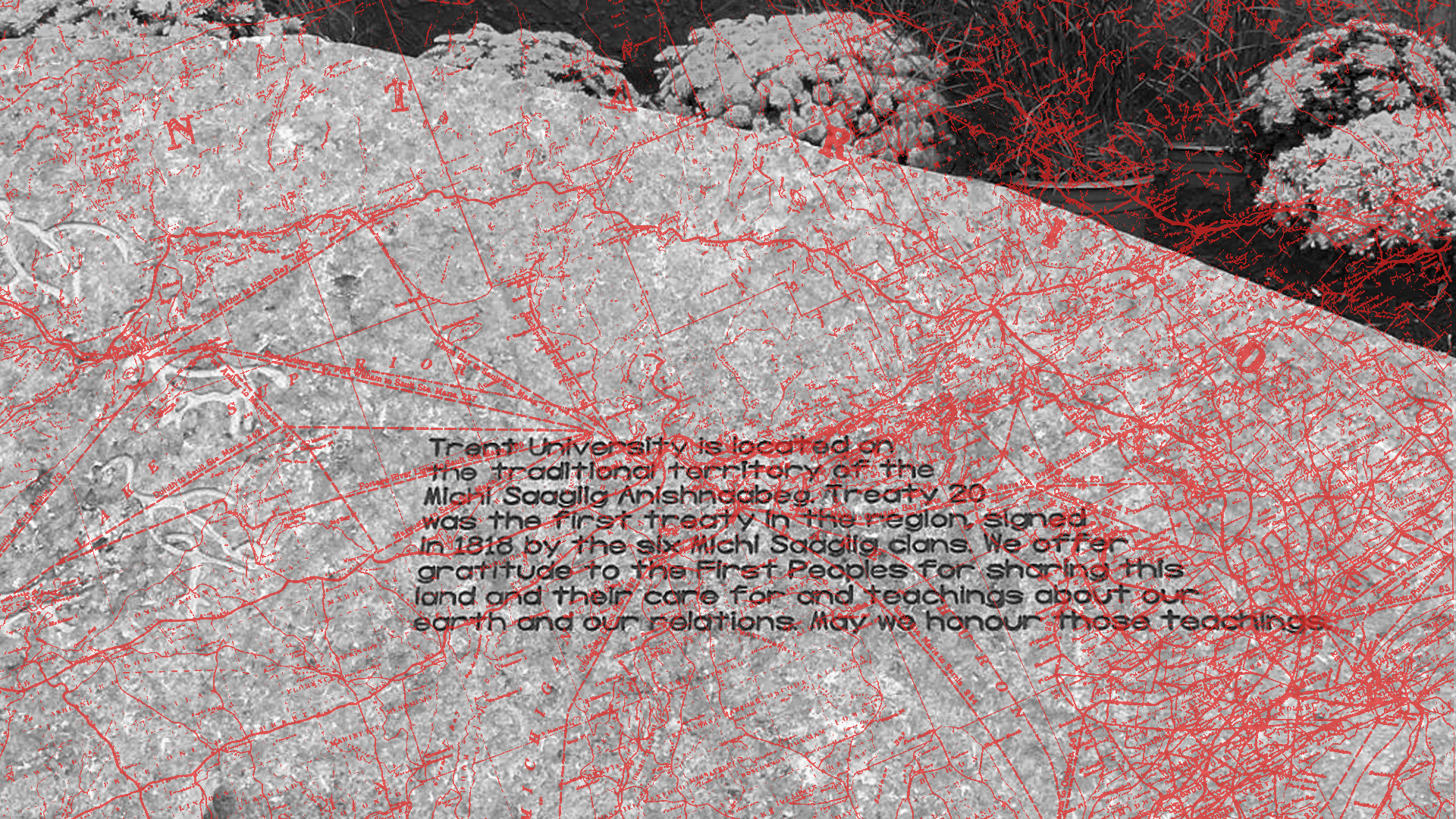Last week I gave a report back summary on what I experienced at the PDAC convention. This week I am going to get a bit more column-like and opinionated.
Most of the sessions that I attended covered the topic of Corporate Social Responsibility, commonly referred to as CSR. These sessions are open to anyone and you don’t have to pay for the convention to attend. This is a great thing, except the majority of the audience tends to be consultants and non-industry people. The target audience that needs most to sit in on the sessions are the junior mining companies (and some of the majors). Perhaps some sort of CSR session should be mandatory for all attendees. But that, in my opinion, is part of the design flaw of CSR-nothing is mandatory, it’s always voluntary. The CSR Counsellor Office is a voluntary mechanism, we have no laws making CSR mandatory, and corporate programming is completely optional.
I understand the argument that it would be unreasonable for a small company of four individuals to have a CSR office, but training in the concept of CSR should be mandatory for CEO’s, managers, and owners at the very minimum. Setting a CSR mandate-although it could be used as pure window dressing-would create a minimum standard among the industry, in theory.
The third session I attended at PDAC should have been the Keynote CSR Panel. Instead, it was a panel of CEO’s talking about their companies and their contributions to “Sustainable Development”. For starters, a long-lived mine is probably 25 to 50 years. Sustainability spans generations. Mines are not instruments of sustainable development. But to include CEO’s from Barrick Gold and Goldcorp discredits the organizers. Both companies are very large and make millions of dollars every year from investors who give their money blindly, and are in turn only interested in making profit off their shares.
Nevermind that the communities who live near Goldcorp’s Marlin Mine in Guatemala are getting skin rashes and cancer from their waters source that’s been contaminated from the mine’s waste runoff. Nevermind that their community has held a referendum with more than 80 percent of residents voting against the mine’s continued operation. Nevermind Barrick Gold’s leaking tailings ponds in Australia, Nevada, and Nigeria. Nevermind Barrick Gold’s security forces displacing, murdering, and raping people from nearby communities who “trespass” on their property in search of remnants of gold in rubble piles to earn an income. Nevermind all that and let the CEO’s of these companies tell you how they create “sustainable development”.
Activist and co-founder of Protest Barrick, Sakura Saunders, asked the CEO of Barrick Gold about the human and environmental rights violations at their mines. He dismissed her question as misinformation. When she tried to push further for an answer her microphone was switched off.
The real story of mine operations does not come from CEO’s, it comes from communities that live with them.
On Wednesday, March 20, Vidalina Morales, a member of the civil society coalition La Mesa, in El Salvador, will be speaking at the St. James United Church (221 Romaine St.) about her community’s struggle against several mine projects. In particular, the case of Canadian company, Pacific Rim, and their lawsuit against the country of El Salvador for negating their mining claim. The event starts at 7:00 p.m. and will be followed by opportunities for conversation, refreshments, and a solidarity action.


.png)

.jpg)





.jpg)

.jpg)







.png)